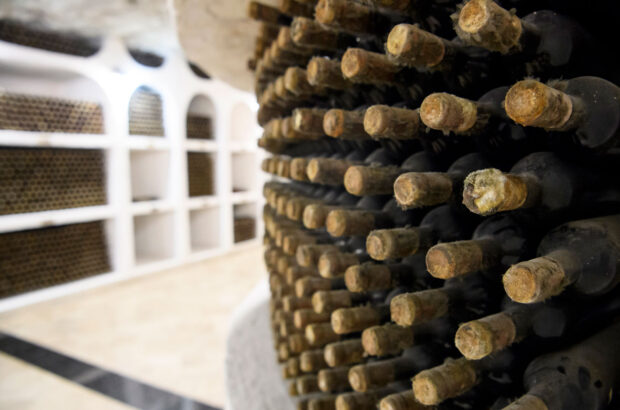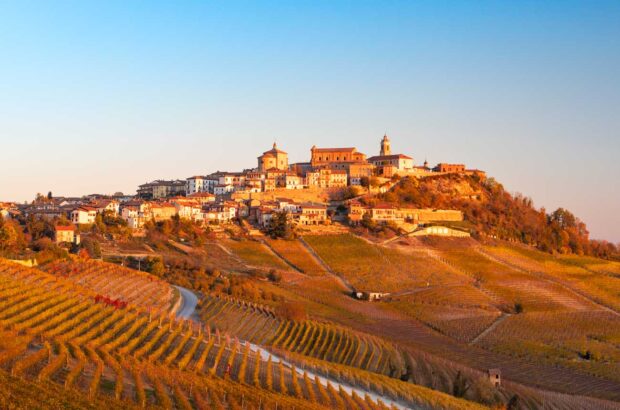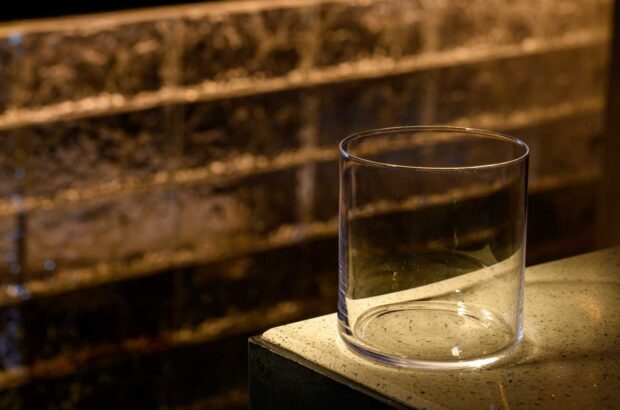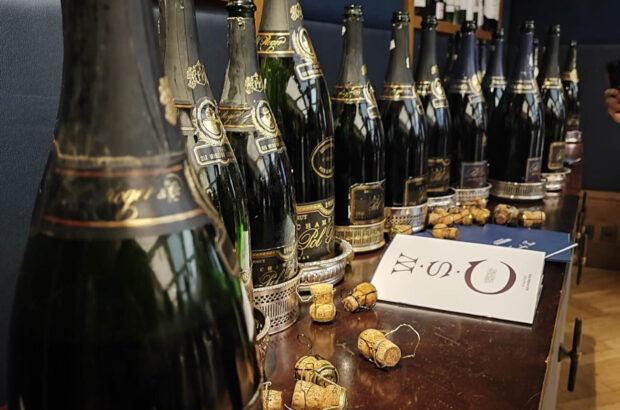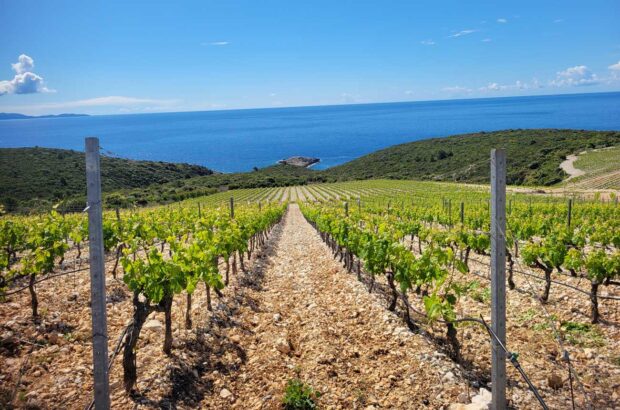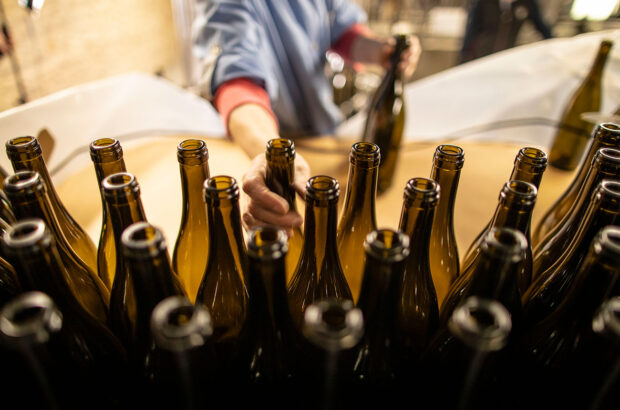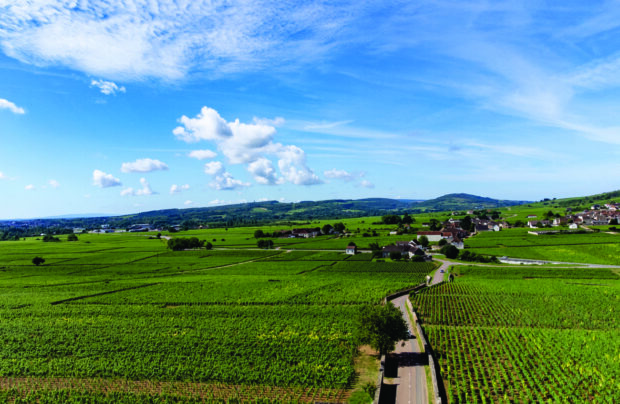I led the USA & Central America panel – including flights from Paso Robles. This was my first systematic exposure to the 16,600ha AVA sited almost exactly halfway between Los Angeles and San Francisco. I still remember the quality of their Cab tannins: ample, tender, melting. Mental bookmark in place, I resolved to visit as soon as I could. That chance came in January 2024.
Driving US101 southwards via the Santa Lucia Highlands AVA was pure excitement. I’d loved the novels of John Steinbeck when I was young; Cannery Row beckoned, in nearby Monterey. No time, sadly, to go searching for the shades of Doc, Lee Chong, Mack and the boys in the Palace Flophouse; but Mark Pisoni’s broad smile and outstretched hand, when I met up with him outside Starbucks in Gonzales, seemed almost familiar. He told me about the Salinas river and the cold breezes that come down the valley from Monterey’s deep ocean canyon, keeping frost at bay all winter and the heat at bay all summer – which is how the Salinas valley ends up producing many of America’s summer vegetables. The Pisoni wines and their peers, of course, come from east-facing vineyards above the valley on the Santa Lucia foothills – sonorous Pinot and honeyed-herbal Chardonnay. Big Sur and its savage coastal drama lies over the mountains.
Those same Santa Lucia mountains mark the western boundary of the Paso Robles AVA, further south. We’re on the other side of the San Andreas fault to Napa, remember, so Paso Robles has Pacific Plate soils – including plentiful marine sediments, airy water-absorbing shales as well as limestones. The heat rolls in from the east, and the cool air from the west, through the Templeton Gap and the Cuesta Grade. They fight for possession of Paso Robles – and the collateral, wine-growers claim, is not damage, but a gift: a diurnal shift between days at 35°C (95°F) and nights which can flirt with 10°C (50°F). The ventilation spilling down from Monterey Bay reaches Paso Robles, too.
It was Cabernets, in the main, that I tasted back in 2020, and Cab still represents nearly 50% of plantings. After that, though, almost anything goes. This may, in fact, be the most varietally accommodating wine region in the world, and most of those new arrivals perform convincingly in their adopted Central Coast home. Jason Haas of Tablas Creek proudly showed me his 2023 harvest blackboard, with the date of picking of each variety and vineyard. Poring over the photo back home, I counted 18 varieties, including all the Châteauneuf rarities.
This joint venture between the Perrin and Haas families has done California a huge favour with its patient cultivar-importing efforts, the effects of which are rippling out both north and south. Historically, as everywhere, Zinfandel was strong in Paso, and recent plantings have brought a flush of Spanish, Portuguese and Italian varieties into play. There are now more than 60 varieties planted here. ‘You can’t pigeonhole Paso,’ says Chloe Asseo of L’Aventure Winery. ‘It does everything well.’
How… sensible. With just one practice shot every year, understanding what any newish wine region does well is inevitably the work of decades, unless you hit on a lucky fit from the off (like Sauvignon Blanc in Marlborough – and ‘being pigeonholed’, of course, can be a curse , marching local winemakers into an industrial routine).
There’s more good sense, too, in the readiness of Paso winemakers to create blends and to downplay ‘varietals’ as they set about crafting their wines, particularly since much of the winemaking inspiration for this warm region is coming from Europe’s warm south, where blends tend to be the norm. The end result is that the spotlight falls where it matters – on the place itself. Is it California’s Mediterranean wine lab? Or a place for purring, blue-velvet Cabs? Let’s see. Enjoy the ride.
In my glass this month
Made from purchased rather than estate-grown fruit, Tablas Creek’s Patelin wines give you a great snapshot of Paso as Mediterranean wine lab: the Patelin de Tablas Blanc 2022 (£23 The Wine Society) includes fruit from eight vineyards in six of the 11 nested Paso Robles AVAs, and seven different southern French varieties (Bourboulenc and Picpoul included). Mushroom, oatflake and mimosa: fresh yet decked, with a sweet spine. Great summer sipping.





